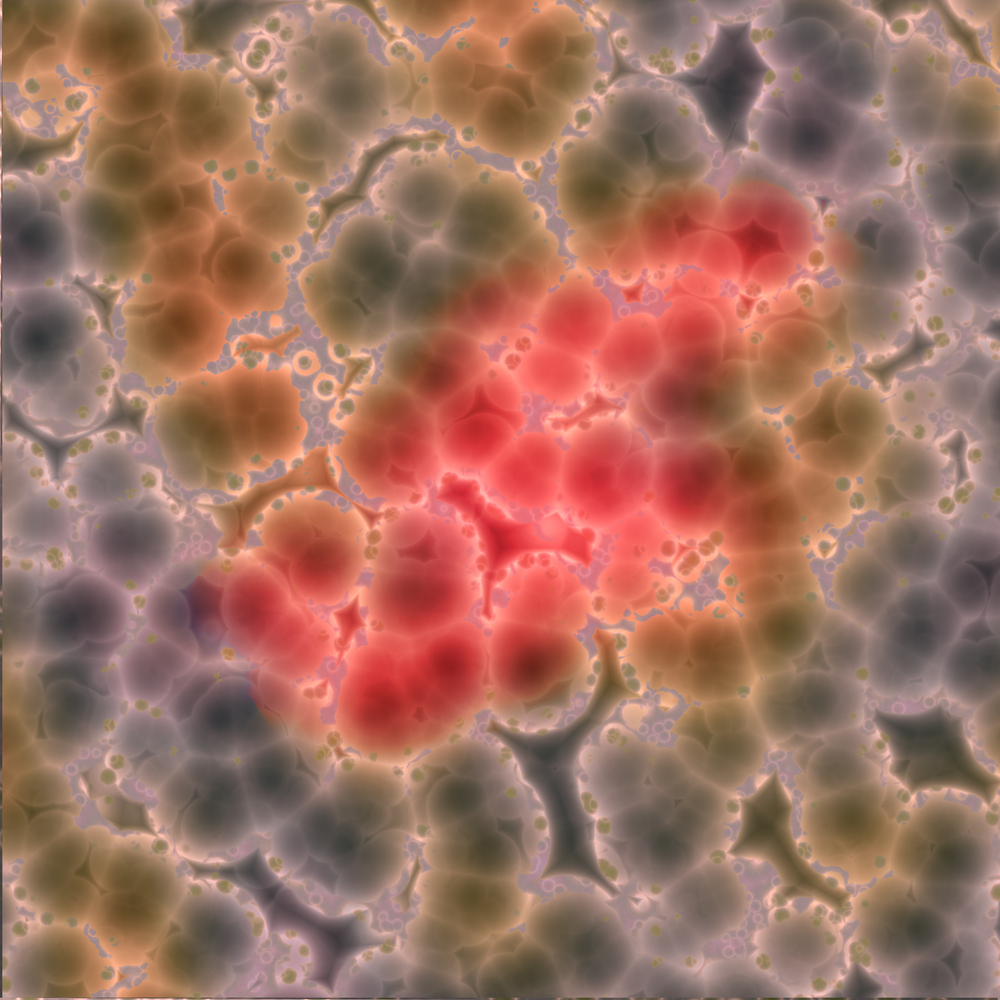Researchers Develop First Human Stem Cell-Derived Model of a Muscular Dystrophy

Genea Biocells has developed a human stem cell-based cellular model for a type of muscular dystrophy, known as facioscapulohumeral muscular dystrophy (FSHD), that may be a suitable tool for high-throughput screening and the development of therapeutic agents for the disease.
The model is described in the study “A Human Pluripotent Stem Cell Model of Facioscapulohumeral Muscular Dystrophy-Affected Skeletal Muscles,” published in the Stem Cells Translational Medicine journal.
FSDH is an inheritable disease characterized by a progressive weakness of the skeletal muscles, affecting about 1 in 8,000 people. Because the disease currently has no cure or treatments, new experimental models could greatly aid in understanding the molecular mechanisms underlying FSDH and in developing therapies to treat it.
Researchers from Genea Biocells and their collaborators developed a system that allowed them to differentiate human embryonic stem cells (hESCs), a renewable source, into mature skeletal muscle cells (SkMCs). Furthermore, when the investigators generated SkMCs from five FSHD-affected and four normal embryonic stem cell lines, they found that the FSHD-derived cells exhibited cellular and molecular defects that resembled those found in FSHD patients.
“Our study identifies a range of cellular pathways involved in FSHD pathology. Importantly, we have demonstrated those in the world’s first ‘disease-in-a-dish’ model of FSHD which is a highly consistent, reproducible and scalable resource that provides many advantages over invasive patient biopsies,” Dr. Uli Schmidt, Genea Biocells’ general manager and the project’s principal investigator, said in a press release.
The work has demonstrated disease-specific phenotypes in muscle cells derived from a renewable source of embryonic stem cells, the first stem cell-based cellular model for a muscular dystrophy, which may render it suitable for high-throughput screening and drug development.
“We believe that disease modeling using human stem cells inherently containing disease-inducing stimuli provides us with an invaluable edge throughout the drug development process. These cells are human, physiologically relevant and enable clinically relevant assay readouts for drug screening and further functional testing,” said Dr. Schmidt.






